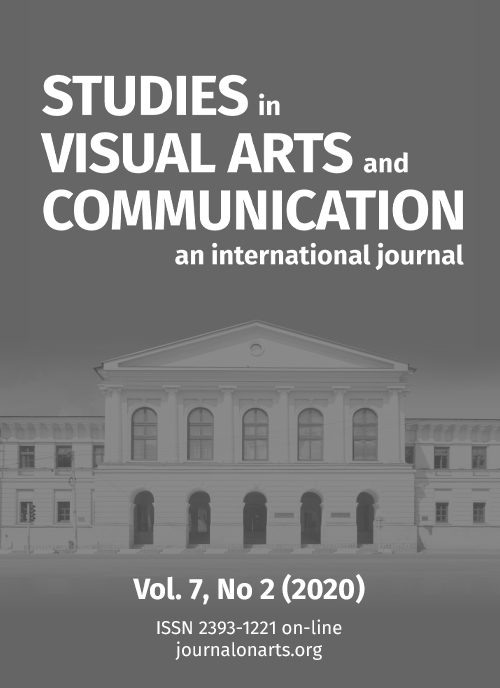Leonora Carrington’s Imaginary Homelands: On the Documentary Construction of the Artist’s Cultural and Artistic Identity
Leonora Carrington’s Imaginary Homelands: On the Documentary Construction of the Artist’s Cultural and Artistic Identity
Author(s): Lora MarkovaSubject(s): Visual Arts, Film / Cinema / Cinematography
Published by: Editura ARTES
Keywords: Leonora Carrington; surrealism; arts documentary; cultural identity; archive;
Summary/Abstract: This article explores the under-researched documentary (re)mediations of the British-born/Mexican Surrealist, Leonora Carrington (1917-2011) and the construction of her cultural and artistic identity on screen. The study employs Salman Rushdie’s conceptualization of imaginary homelands to address Carrington’s self-imposed exile to Mexico and her fragmented perception of home as represented in a range of arts documentaries, produced on both sides of the Atlantic: Leonora Carrington o el sortilegio irónico (Felipe Cazals 1965, Mexico), Leonora Carrington and the House of Fear (Kim Evans 1992, UK), The Flowering of the Crone: Another Reality (Ally Acker 2008, USA), Leonora Carrington y el juego surrealista (Javier Martín-Domínguez 2012, Spain), Leonora Carrington: The Lost Surrealist (Teresa Griffiths 2017, UK). The analysis reflects on the documentaries’ discursive and aesthetic strategies that render Carrington’s multifaceted artistic identity as a hybrid entity beyond a single national, cultural or disciplinary origin. The documentaries often feature recurring footage from Carrington’s domestic spaces and studio that evoke her senses of displacement and finding refuge in art. Carrington’s flight from patriarchy and artistic liberation are conveyed via animated episodes, dramatizations, and remediated archival images, such as Lee Miller’s 1930s portraits (that have marked the visual grammar of all Carrington’s documentary representations), as well as remixed fragments from experimental surrealist films as Hans Richter’s Dreams That Money Can Buy (1947), Germaine Dulac’s The Seashell and the Clergyman (1928) and René Clair’s Entr'acte (1924). The analysis of the documentaries’ representational and aesthetic strategies is supported by theoretical perspectives on Carrington’s oeuvre and examples from her literary and visual works that signal the formation of her cross-cultural imaginary.
Journal: Studies in Visual Arts and Communication
- Issue Year: 7/2020
- Issue No: 2
- Page Range: 3-14
- Page Count: 12
- Language: English

